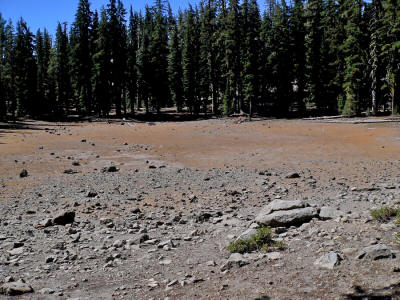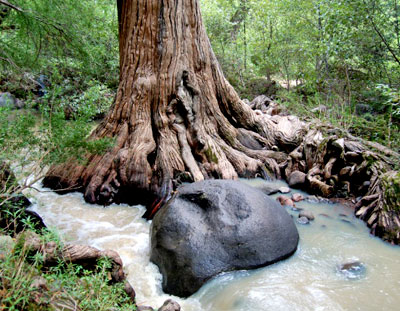|
Western North America suffered chronic drought from 2000 to 2004, causing forests to die, river basins to dry up. It was the strongest drought seen in 800 years.
Sadly, it could also become the “new
normal” in the coming decades; the “good old days”.
On top of the horrific damage the
2000-2004 drought had on the environment, its impact also cut carbon
sequestration by more than half across a massive swath of Canada,
the United States, and Mexico.
It’s not clear whether or not the current drought in the Midwest, now being called one of the worst since the Dust Bowl, is related to these same forces, Law said.
This study did not address that, and
there are some climate mechanisms in western North America that
affect that region more than other parts of the country.
Tree ring data
shows that the last two periods with drought events of similar
severity took place in the Middle Ages, from 977-981 and 1146-1151.
Ordinarily, Law said, the land sink in North America is able to sequester the equivalent of about 30 percent of the carbon emitted into the atmosphere by the use of fossil fuels in the same region.
However, based on projected changes in precipitation and drought severity, scientists said that this carbon sink, at least in western North America, could disappear by the end of the century.
The effects are driven by human-caused
increases in temperature, with associated lower soil moisture and
decreased runoff in all major water basins of the western U.S.,
researchers said in the study.
They say the situation will continue to worsen, and that 80 of the 95 years from 2006 to 2100 will have precipitation levels as low as, or lower than, this “turn of the century” drought from 2000-04.
These long-term trends are consistent
with a 21st century “megadrought,” they said.
|


